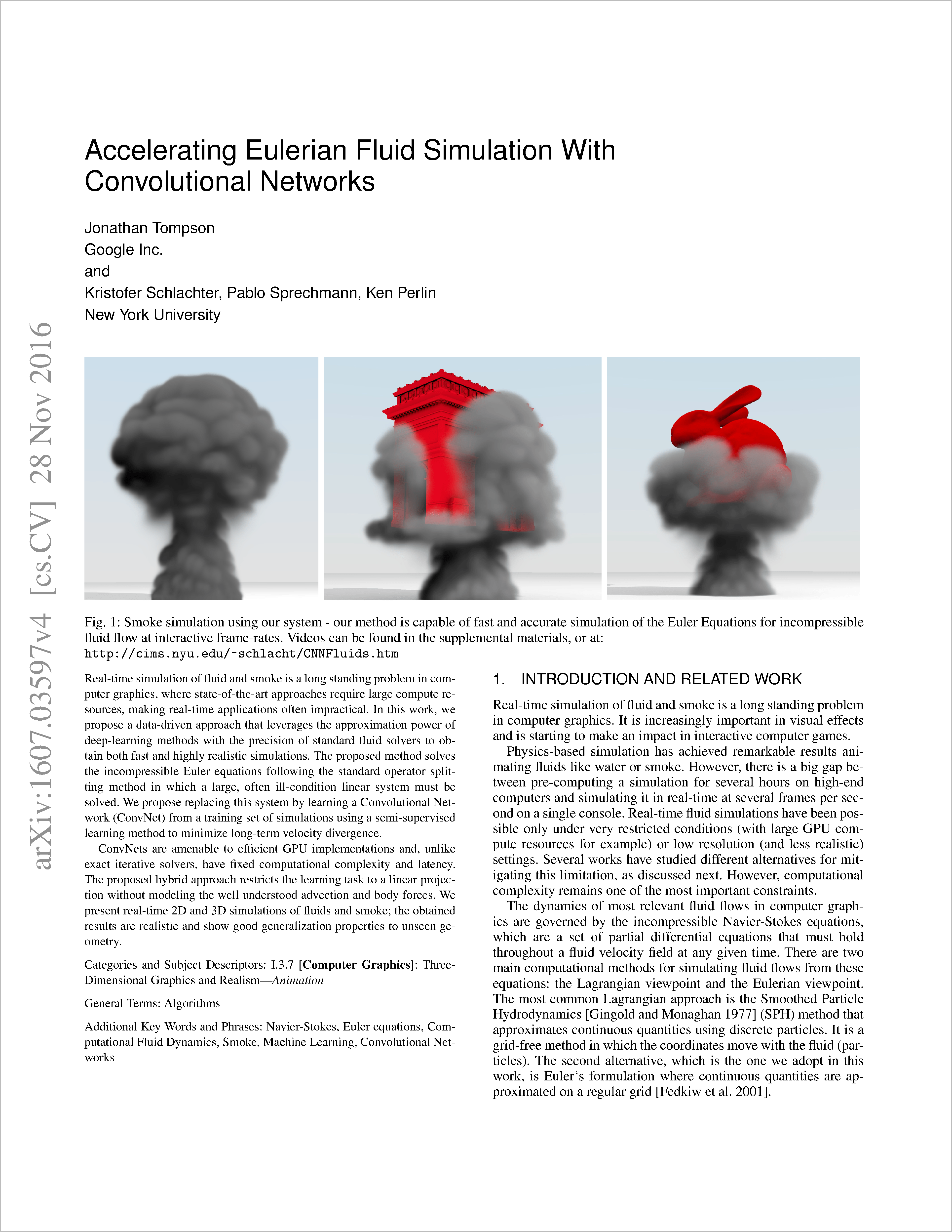Artificial neural networks and deep learning provide us incredibly powerful tools in machine learning that are useful for a variety of tasks ranging from image classification to voice translation. So what is all the deep learning rage about? The media seems to be all over the newest neural network research of the DeepMind company that was recently acquired by Google. They used neural networks to create algorithms that are able to play Atari games, learn them like a human would, eventually achieving superhuman performance.
Deep learning means that we use artificial neural networks with multiple layers, making it even more powerful for more difficult tasks. These machine learning techniques proved to be useful for many tasks beyond image recognition: they also excel at weather predictions, breast cancer cell mitosis detection, brain image segmentation and toxicity prediction among many others. If you would like to know more about neural networks and deep learning, make sure to check out this talk from Andrew Ng.
In Two Minute Papers, I attempt to bring the most awesome research discoveries to everyone a couple minutes at a time.

